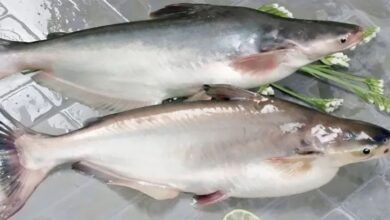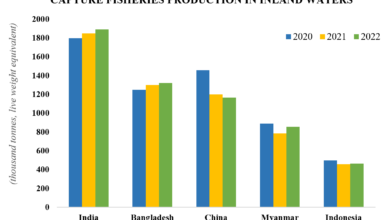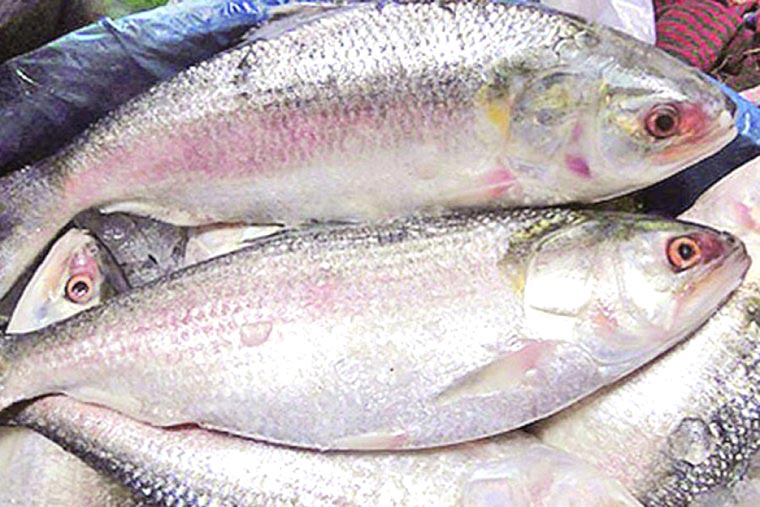
30-year-old Prasanjit Mandal resides in Farakka, West Bengal, and his primary occupation is fishing hilsa. However, he also drives an autorickshaw for a living these days. Because he cannot make a living on the fish he catches. Hilsa or ilish (Tenualosa ilisha) is a frequently consumed in West Bengal and fetches a high price for the seller. But the catch has significantly dropped in recent decades. According to the experts, there are few crucial reason for the fall in Hilsa catch.
The development of river barrages and dams in India has impeded the migration of the hilsa. Initiatives have been taken to preserve and expand the hilsa population yet the results are unsatisfactory. Among the efforts, was the release of juvenile hilsa and their eggs in the Ganga River’s upstream region.
However, the neighboring country, Bangladesh produces more than 80 percent of the world’s hilsa by itself. India comes in second place. Bangladesh’s hilsa output has increased significantly to 550,000 tons in recent years. Hilsa fish contributes about 12% of the total fish production and about 1.15% of the GDP of Bangladesh. Experts believe the timely actions taken by the Bangladeshi government have brought immense success in the hilsa fishery sector.
On the other hand, India only produces 10% as much hilsa as Bangladesh. Therefore, they must rely on Bangladesh for the supply. Fish traders and sellers eagerly wait for the permission from Bangladesh’s respective authority, the minister of commerce to import hilsa during the Puja.
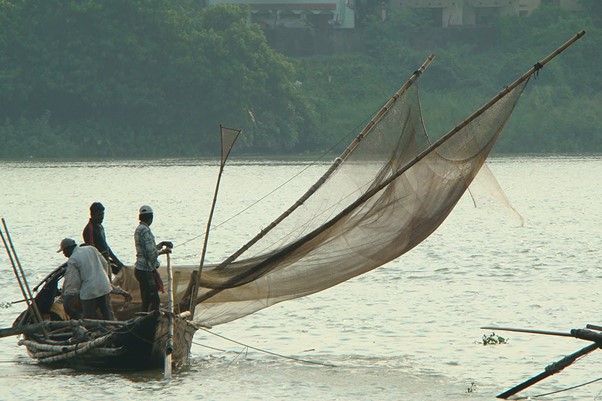
Photo: Milan Datta
The Indian government has failed to preserve the hilsa in its surroundings. The production of hilsa is diminishing for a number of reasons, including siltation, pollution, overexploitation, and the hunting of juvenile hilsa. Climate change is also get the blame for declining population of hilsa. Moreover, Numerous organizations claimed that the West Bengal government is not taking significant steps to preserve hilsa.
Hilsa production has decreased from over 80,000 tonnes in 2001 to approximately 10,000 tonnes in 2017, primarily due to overfishing in the Bay of Bengal. “Three years ago, the catch of hilsa was approximately 37,000 tonnes, and it has continuously decreased since then. This year it will not exceed one thousand tonnes,” said Bijan Maity, secretary of the Kakdwip Fishermen Welfare Association.
A.K. Sahu, a senior scientist at the Central Inland Fisheries Research Institute (CIFRI) in Barrackpore, Kolkata, described that: “Hilsa is a migratory fish that moves quickly. Historically, fish would migrate to Uttar Pradesh’s Prayagraj (previously Allahabad). In 1975, however, hilsa migration stopped by the Farakka Barrage at Ganges in West Bengal. When the migration stopped, Hilsa numbers drop-off in India.”
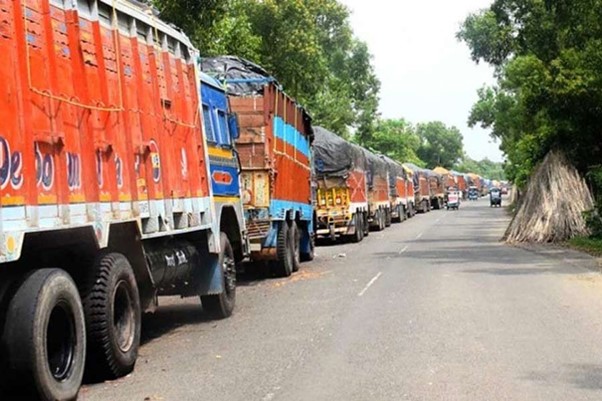
India relies on Bangladesh to provide a steady supply of hilsa due to the country’s strong demand. Bangladesh is India’s sole supplier of hilsa due to the good connections between the two nations. However, there is always a limit. Therefore, proper conservation strategies are now in a high demand in the West Bengal.
Already many significant efforts have already been made by CIFRI to conserve hilsa. 74,962 juvenile hilsas have been released upstream from the Farakka barrage by the CIFRI. The fishermen of Rajmahal, Bhagalpur, and Baliya have confirmed the presence of hilsas along this stretch of water. In addition, 10.82 million fertilized eggs were released into the Ganga and a hatchery was constructed upstream in Farakka. Five hilsa sanctuaries have been established with IUCN (International Union for the Conservation of Nature) funds, and the state administration has warned to punish fishermen who illegally enter the sanctuary.
Considering that Bangladesh produces 80% of the world’s hilsa, India might learn from the several initiatives made by the government there. These may include identifying breeding spots of hilsa, ban on fishing jatka and mother hilsas, and providing identity cards to fishermen.
According to the experts, the Bay of Bengal’s surrounding waters is ideal for maximizing hilsa production. Bangladesh, India, and Myanmar together can ensure the survival of mother hilsa and jatka in the Bay of Bengal, leading to a population rise of the hilsa in the surrounding areas.
Jaber Bin Abdul Bari
Dept. of Fisheries and Marine Science, NSTU

